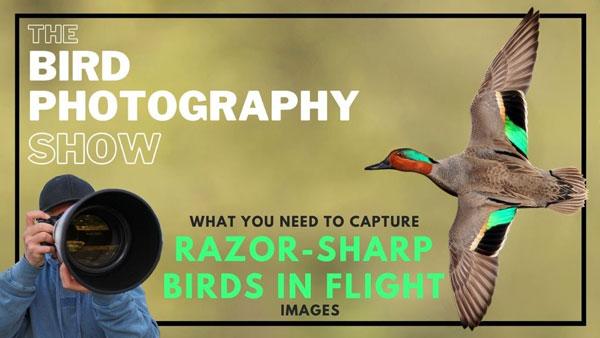Outdoor Photography How To
Sort By: Post DateTitle Publish Date
|
Mar 22, 2018 |
|
Jun 11, 2021 |
|
Jun 28, 2024 |
|
Jul 06, 2023 |
|
Apr 01, 2022 |
















